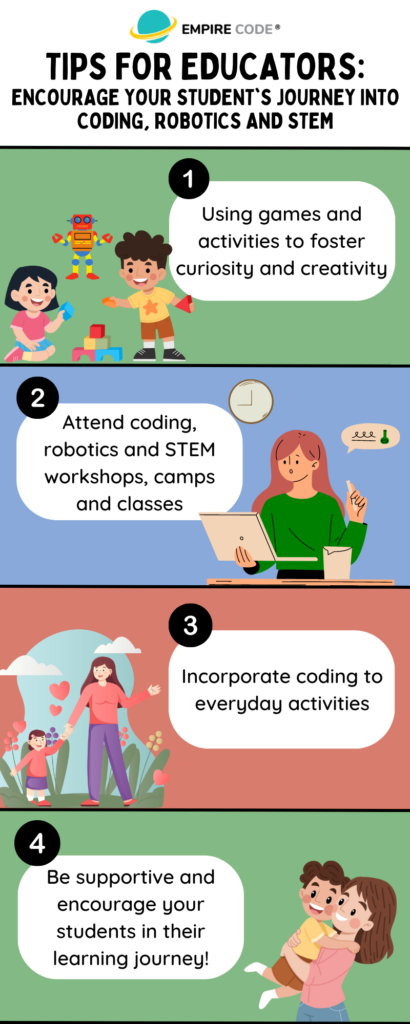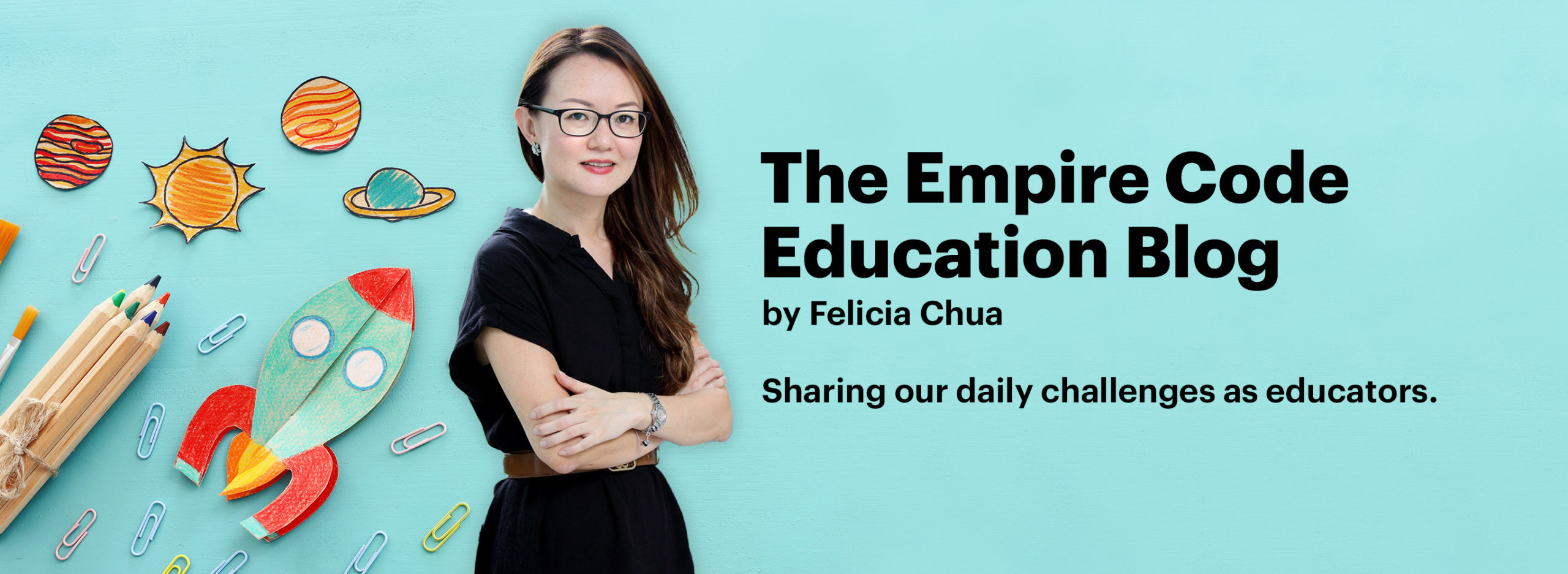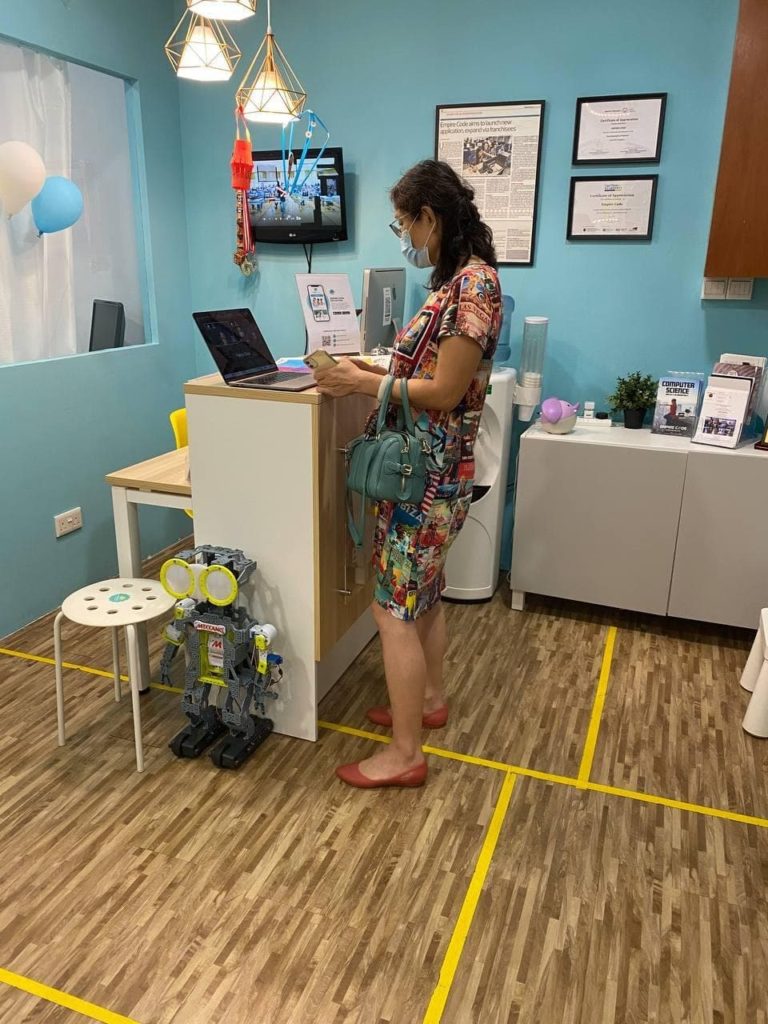As our world becomes increasingly digital, teaching children about coding, robotics, and STEM (Science, Technology, Engineering, and Mathematics) subjects, has gained a strong foothold. These skills are not only essential for future job opportunities, but they also help children develop 21st century skills such as problem-solving, creativity, and critical thinking skills. As an educator, you can help your child develop these skills by introducing them to coding, robotics, and STEM from a young age. To help navigate this terrain, here are some tips to get started:

1. Using Games and Activities
One of the best ways to introduce coding and robotics to young children is through games and activities. There are many games and apps available that teach coding concepts in a fun and interactive way. For example, Tynker Junior offers a variety of games and activities that teach children basic coding concepts through block-based coding. Robotics kits such as LEGO WeDo/SPIKE Essentials can also help children develop problem-solving and critical thinking skills while having fun. Learning coding through games and activities will help to foster creativity and curiosity in this area, and give them the grit to overcome obstacles when faced with coding challenges.
2. Attend Workshops, Camps or Classes
There are many coding & robotics workshops/ camps available for children. These programs are designed to introduce children to coding & robotics in a fun and engaging way through games, animations and hands-on activities. Attending various workshops and camps can help children develop a deeper understanding of coding and robotics, while building friendships with other children who share their interests. It is important to expose students to different modules at a young age to see where their interest lies. Furthermore, coding schools will expose students to many opportunities such as national and international competitions where students can gain competition experience. Check out the programs that we offer and get started now!
3. Incorporate Coding into Everyday Activities
Coding doesn’t have to be limited to a computer screen. You can incorporate coding into everyday activities such as playing with toys or baking cookies. For example, you can ask your child to create a recipe for cookies using code. This can help children develop logical thinking skills while having fun.
4. Be Supportive
Finally, it’s important to be supportive of your child’s interests in coding, robotics, and STEM. Encourage them to explore and experiment with different coding and robotics programs. Praise them for their accomplishments and be patient when they make mistakes. De-emphasize grades and praise the process 🙂
In conclusion, introducing coding, robotics, and STEM to young children is a great way to help them develop problem-solving, creativity, and critical thinking skills. By starting early and using a variety of fun and engaging activities, you can help your child develop a love for STEM subjects that will benefit them for years to come. Want to know whether coding & robotics is for your child? Contact +65 8145 5004 to sign up now! If you are looking at DSA programs for coding, robotics and STEM for your child, sign up for a free DSA consultation now!






